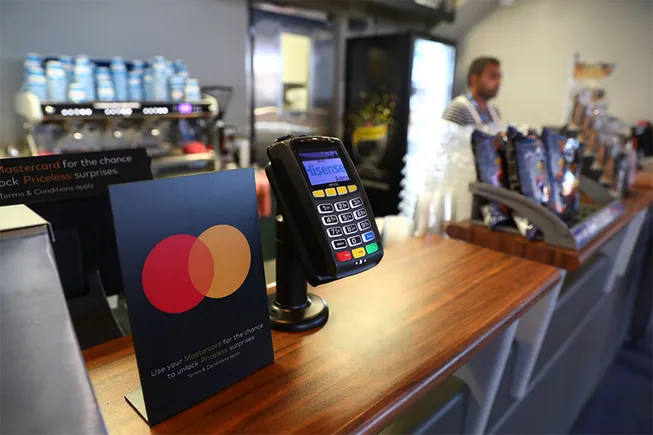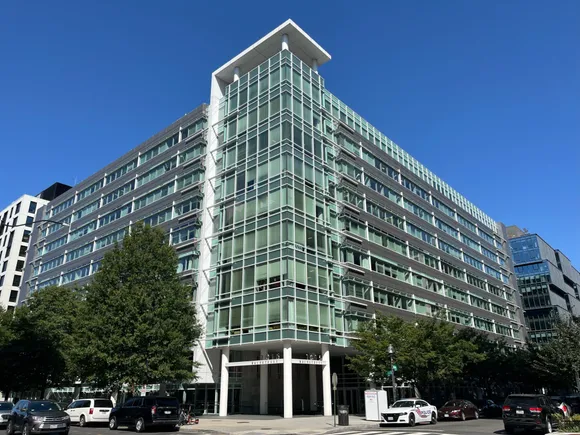Last month, President-elect Donald Trump named Tom Homan, former acting head of Immigration and Customs Enforcement, as his “border czar.”
Homan has promised that the incoming administration will increase workplace raids as part of its broader immigration plan. It’s not clear yet which industries would be most affected, but there are clues from Trump’s first term.
“We are anticipating the resumption of mass worksite raids under the first Trump administration that were focused mostly on the manufacturing and meat and poultry processing industries. But we don’t know where it’s going to be focused this time,” said Marisa Díaz, immigrant worker justice program director for the New York City-based National Employment Law Project.
Construction, an industry that relies on foreign-born workers, could certainly be among those targeted by jobsite raids, and contractors need to prepare for the possibility of unannounced visits from federal agents, lawyers say.
What to know
Immigration and Customs Enforcement agents may come to a workplace as part of an investigation into an employer, according to the National Immigration Law Center. There are several reasons why they would be there.
As part of an external I-9 audit, federal agents visit a jobsite to review employers’ records for worker authorization. In those cases, contractors get a three-day heads up, said Shanon Stevenson, partner at Atlanta-based law firm Fisher & Phillips.
In a jobsite raid, however, federal agents from ICE or Homeland Security Investigations would show up unannounced, Stevenson said. Immigration agents can only enter a private property such as a jobsite if they have a judicial warrant signed by a judge, according to the NILC.
What to do
Stevenson said contractors should review the warrant extensively with legal counsel, but an unannounced raid by federal agents may not give employers more than a few minutes to react. In that time, she said, ensure that the warrant is signed by a judge, verify that it lists the company’s correct legal name and address and email a copy of the warrant to the firm’s employment and immigration counsel.
“HSI agents will not wait for your attorney to arrive before commencing their search,” Stevenson said.
When a warrant has an employee’s name on it, the NILC says employers do not have to say if that employee is present that day or not, nor take the ICE agents to the named employee.
The NILC also advises not helping ICE agents sort workers by immigration status or nationality, while watching agents to ensure they are complying with the warrant. Additionally, NILC suggests having a willing party video record the raid, in case it is needed for future legal action.
Develop a plan
No matter what, prior planning will be key to handling a workplace visit.
“GCs should work with counsel to develop a Rapid Raid Response Plan for use if HSI executes a workplace investigation, including training key employees on how to handle that situation,” Stevenson said.
Training for employees includes knowing what may constitute breaking the law. For example, managers or workers who help unauthorized employees escape a jobsite could face criminal charges.
Díaz said she and coworkers have heard of “increased fear across the board” for workers, whether they’re authorized to work or not, as the rhetoric around immigration has targeted those of Latin American and South American descent.
“That has detrimental effects on the workplace in terms of workers’ ability to identify hazards in the workplace, feeling safe to be able to speak up and let their employers know if there’s something that’s not only affecting them, but also all of their coworkers,” Díaz said.






Leave a Reply